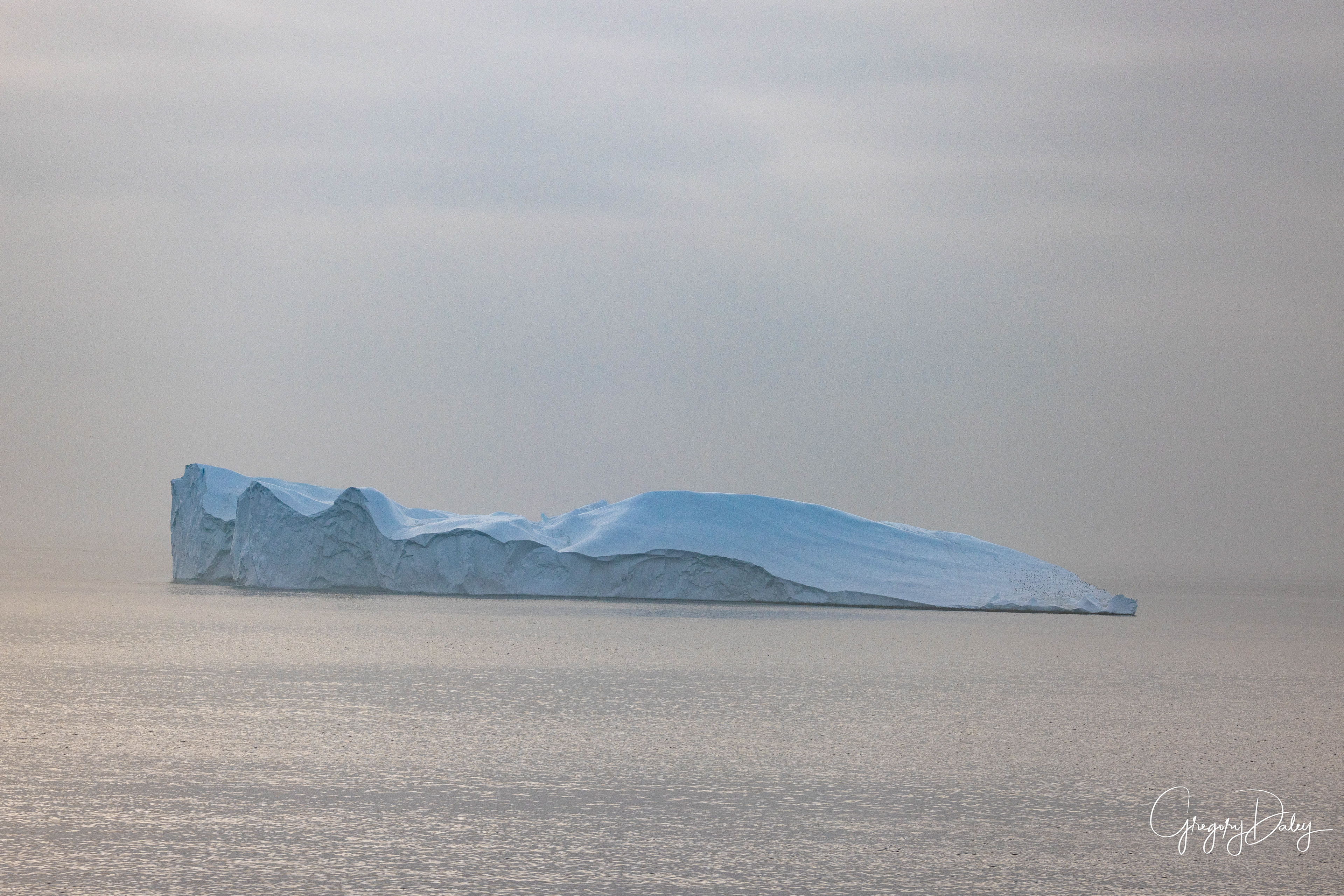
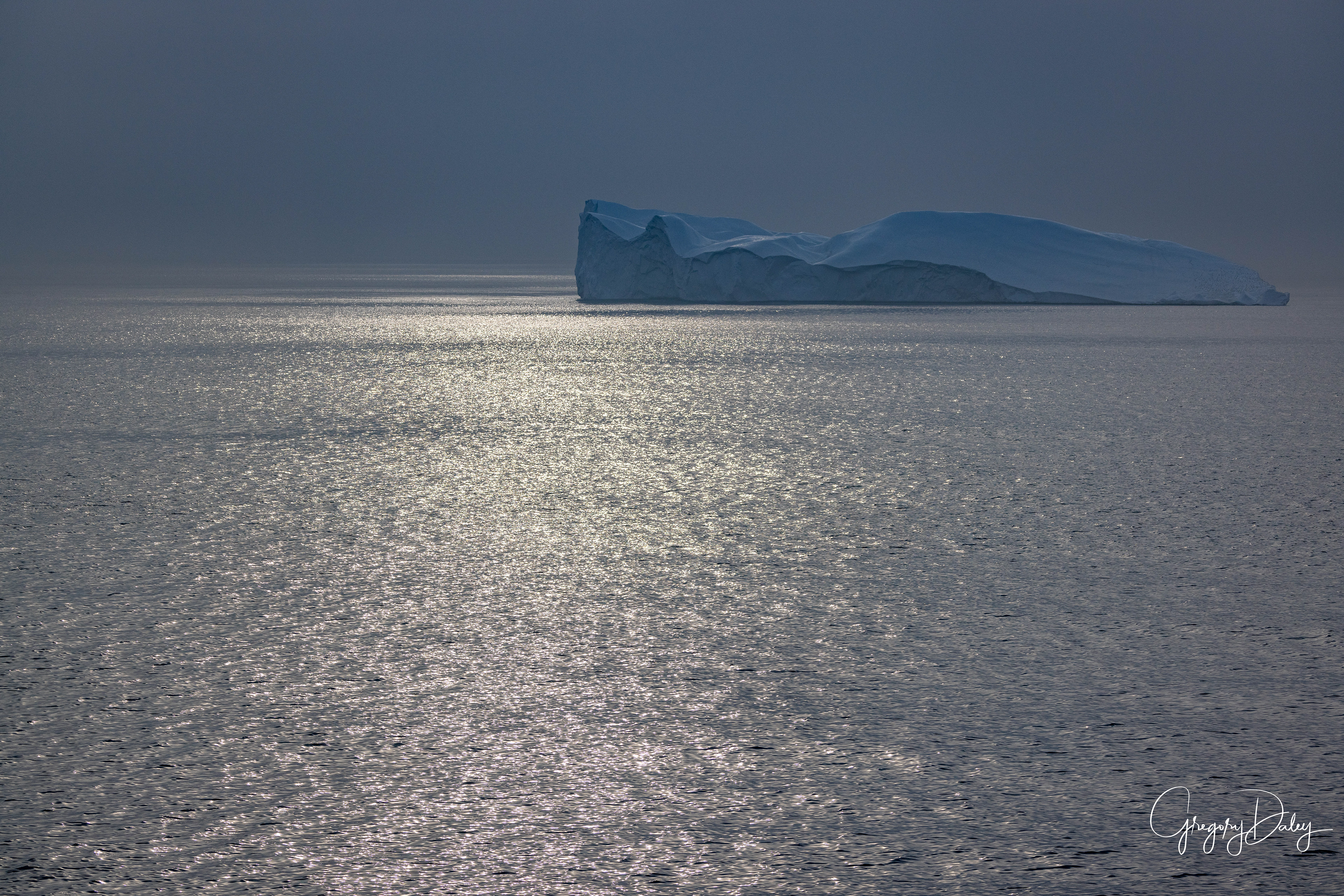
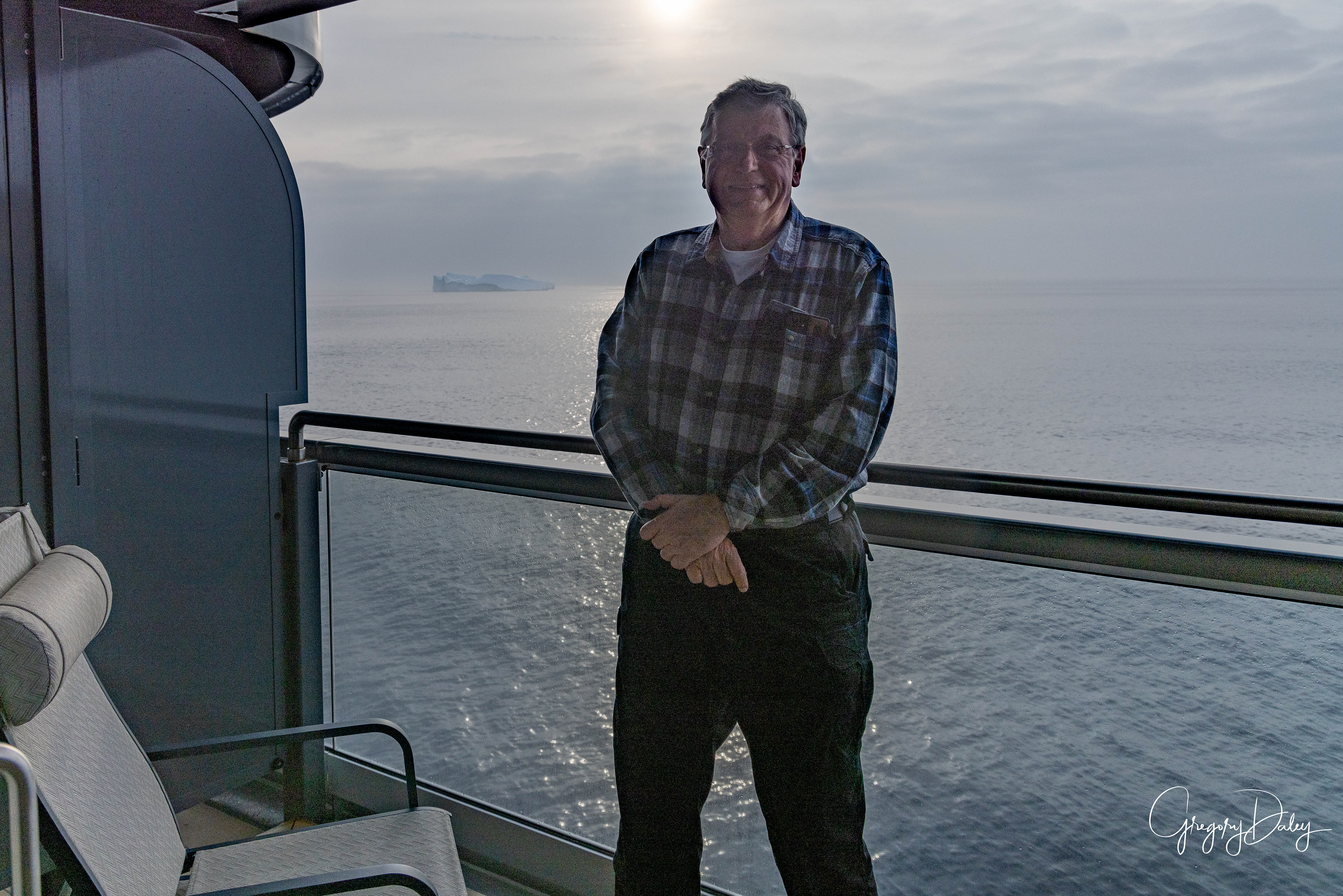

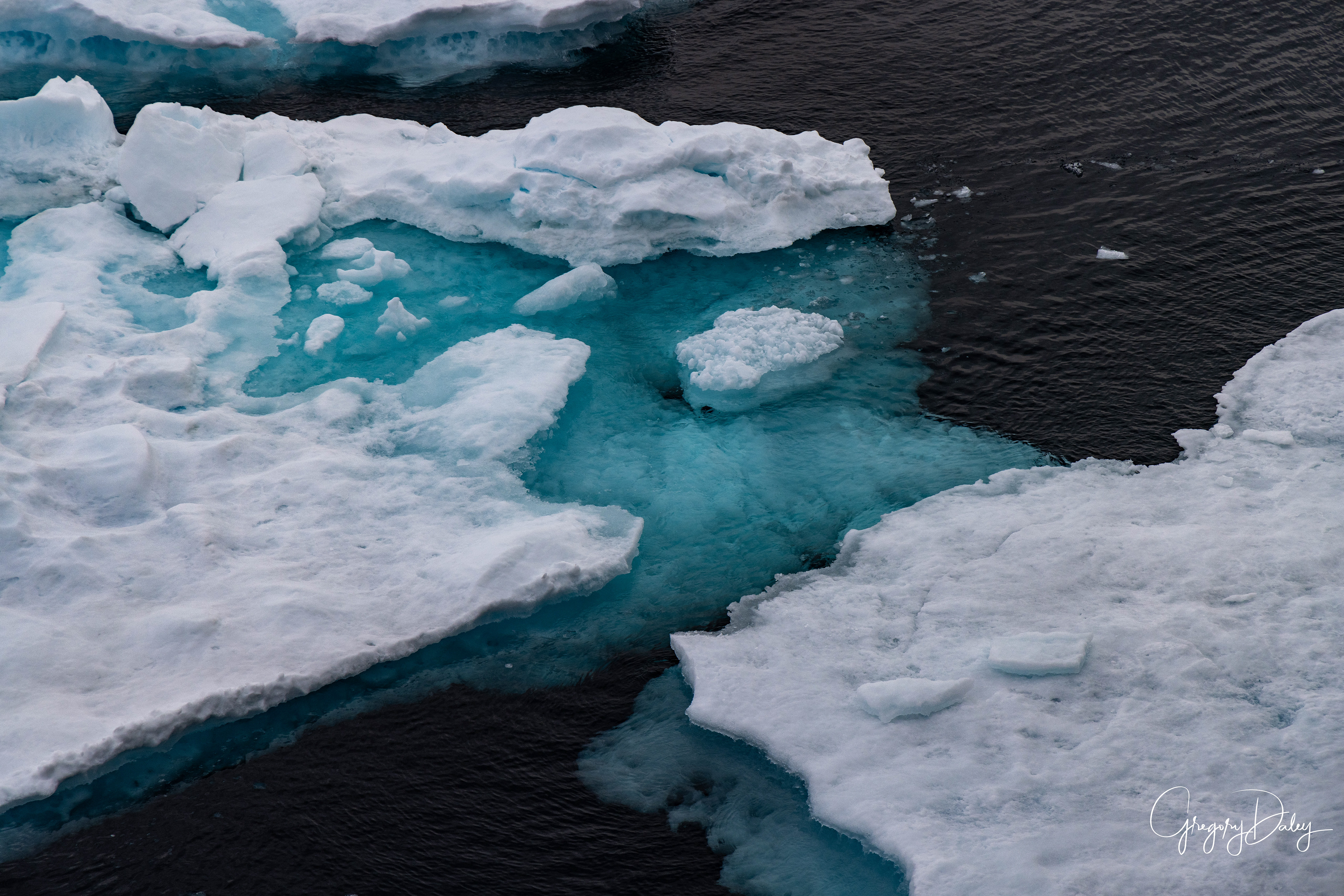
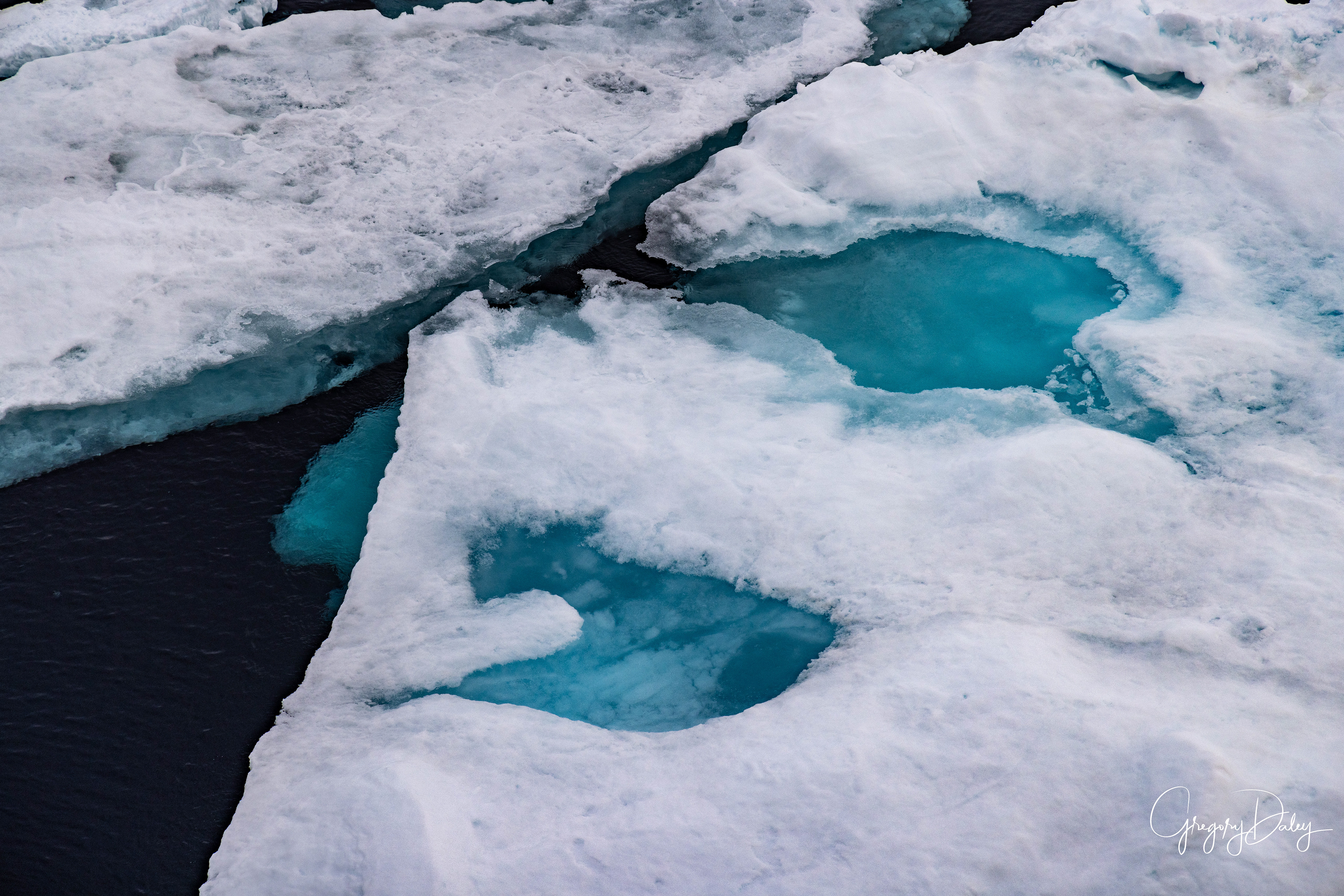
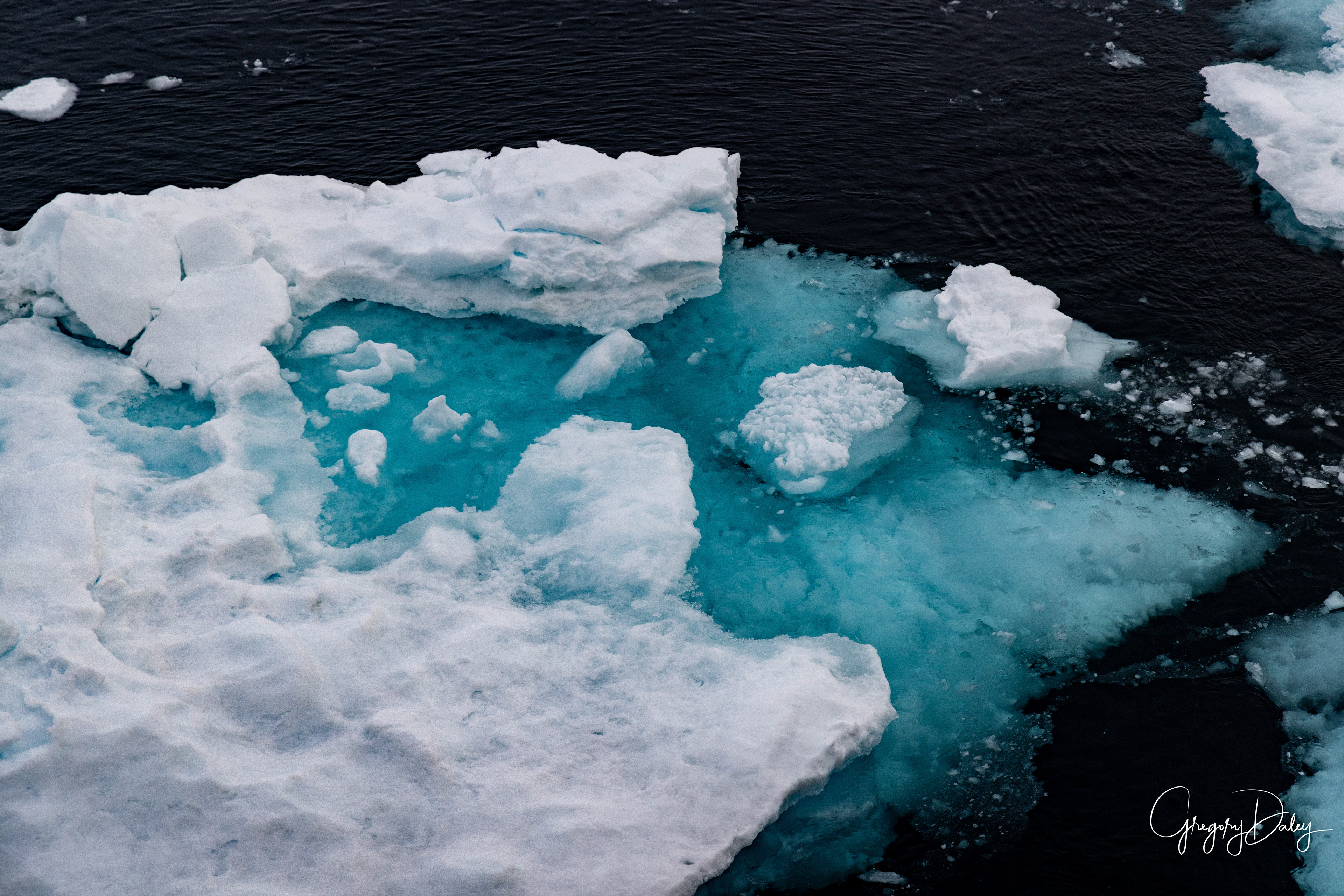
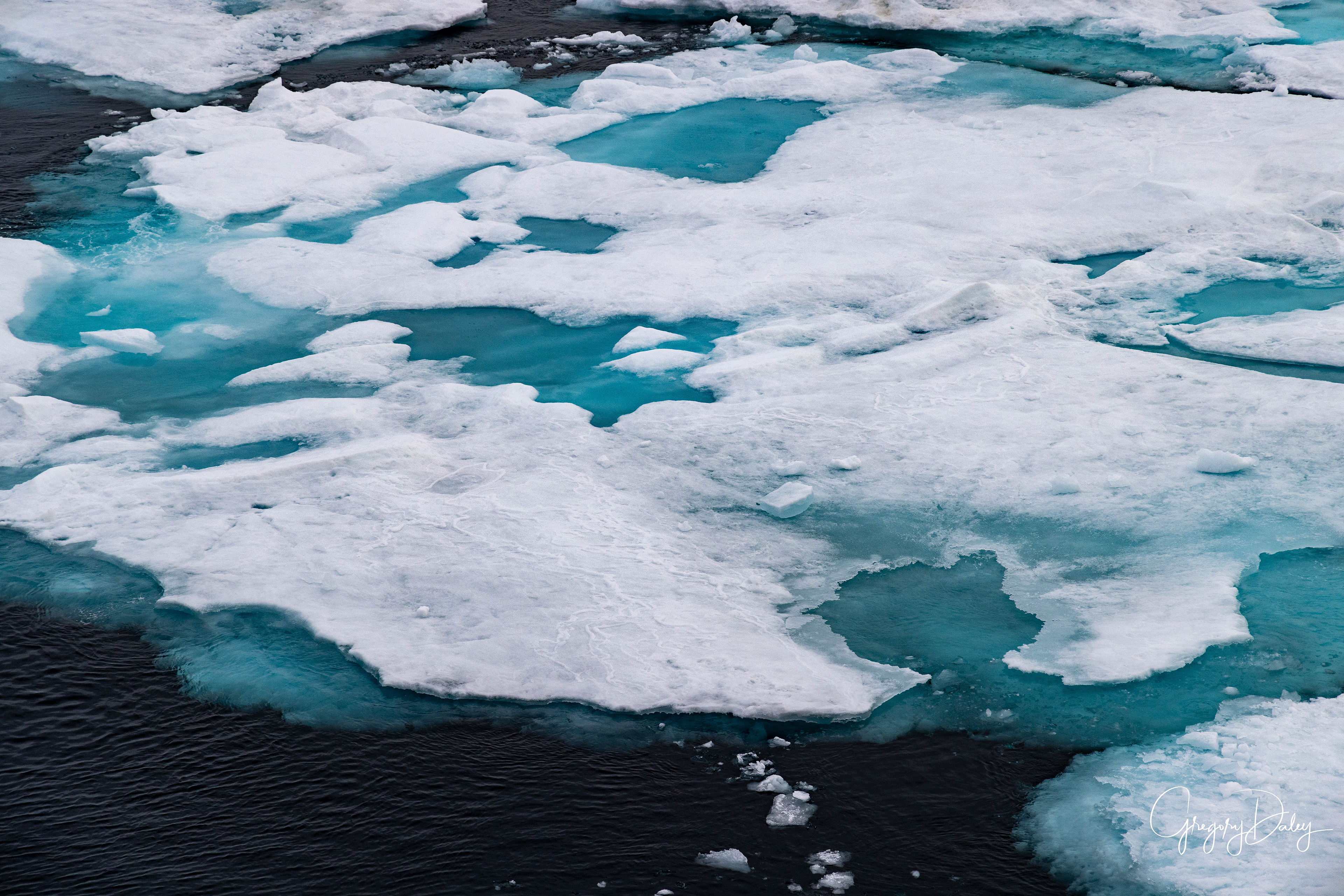
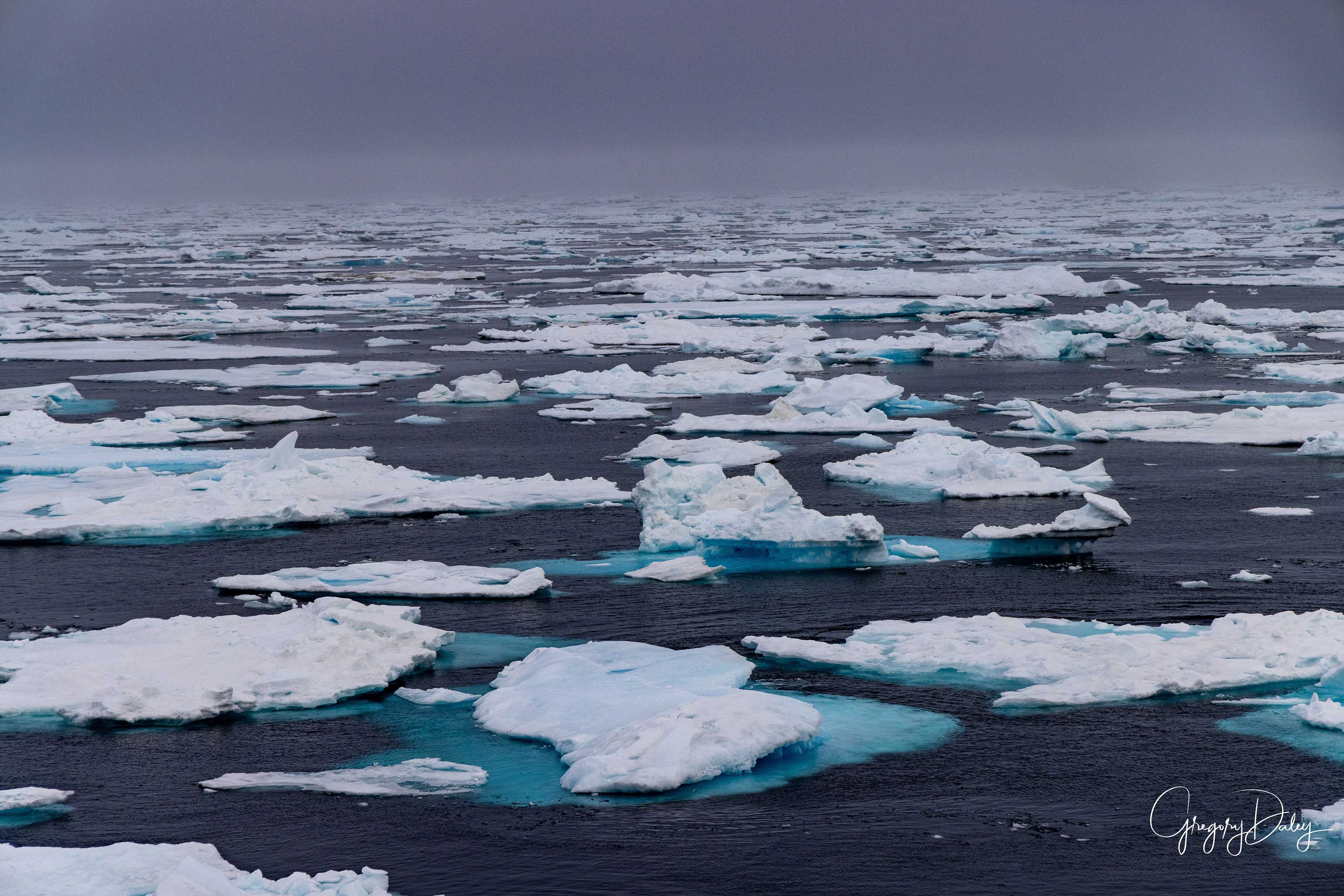
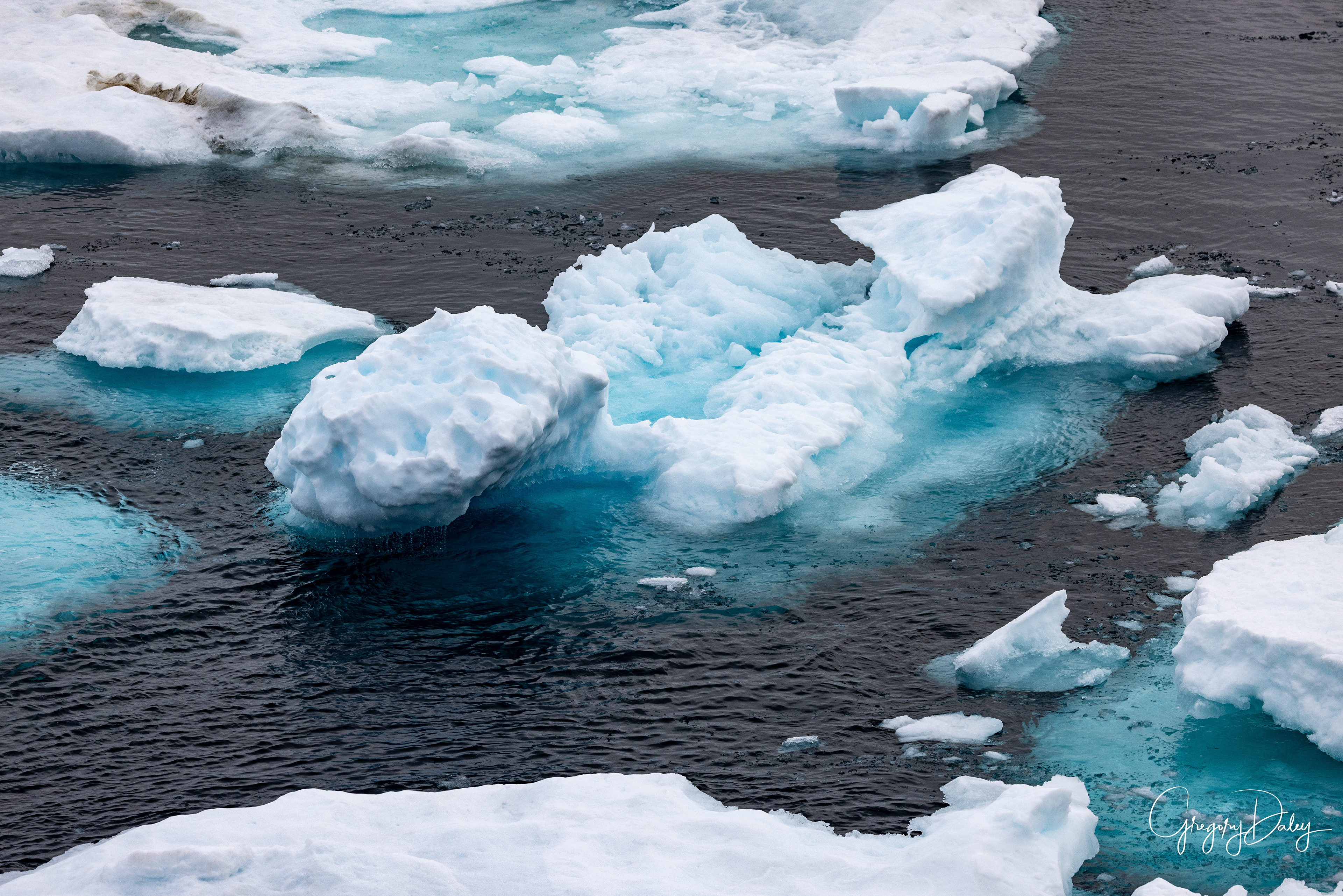
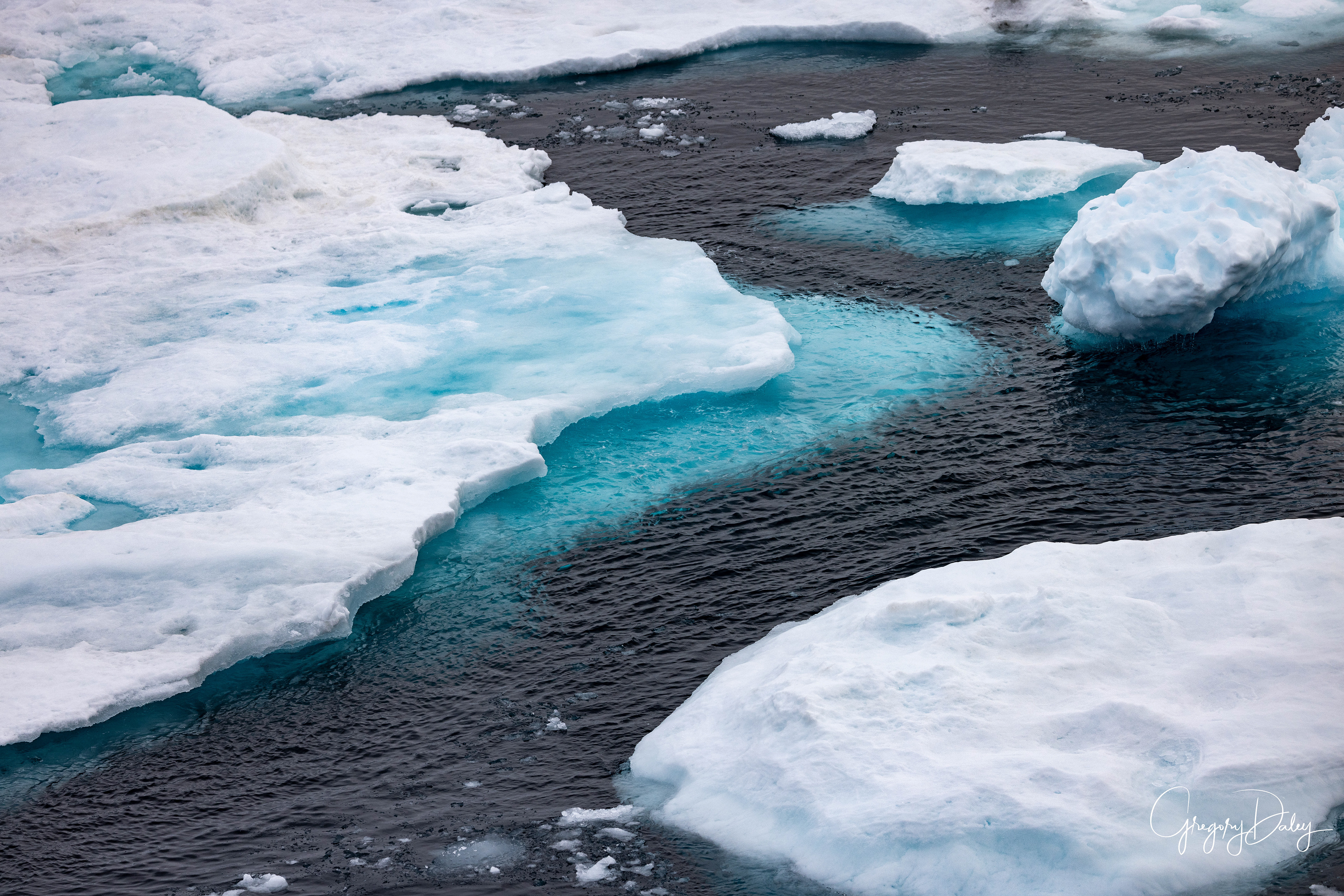
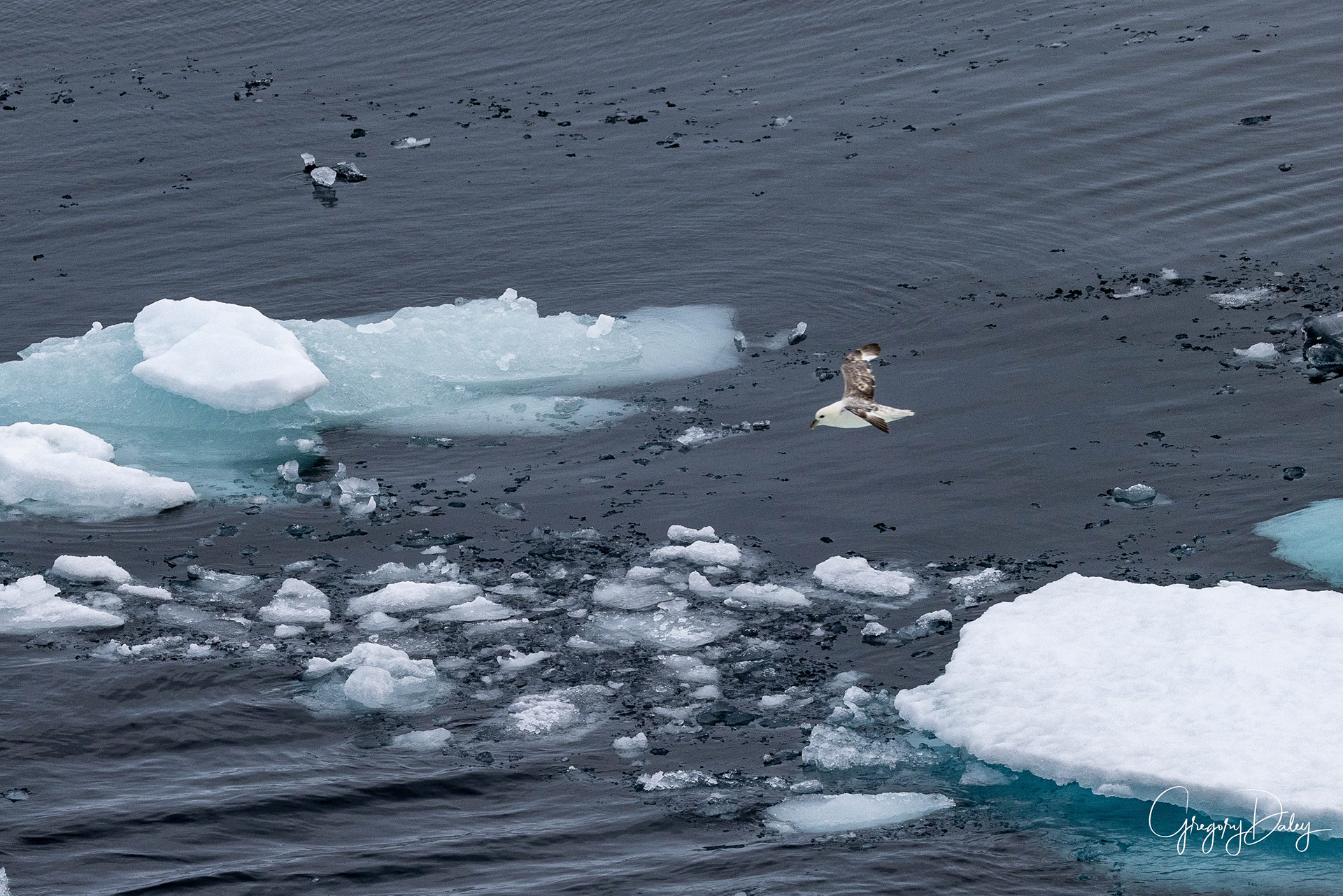
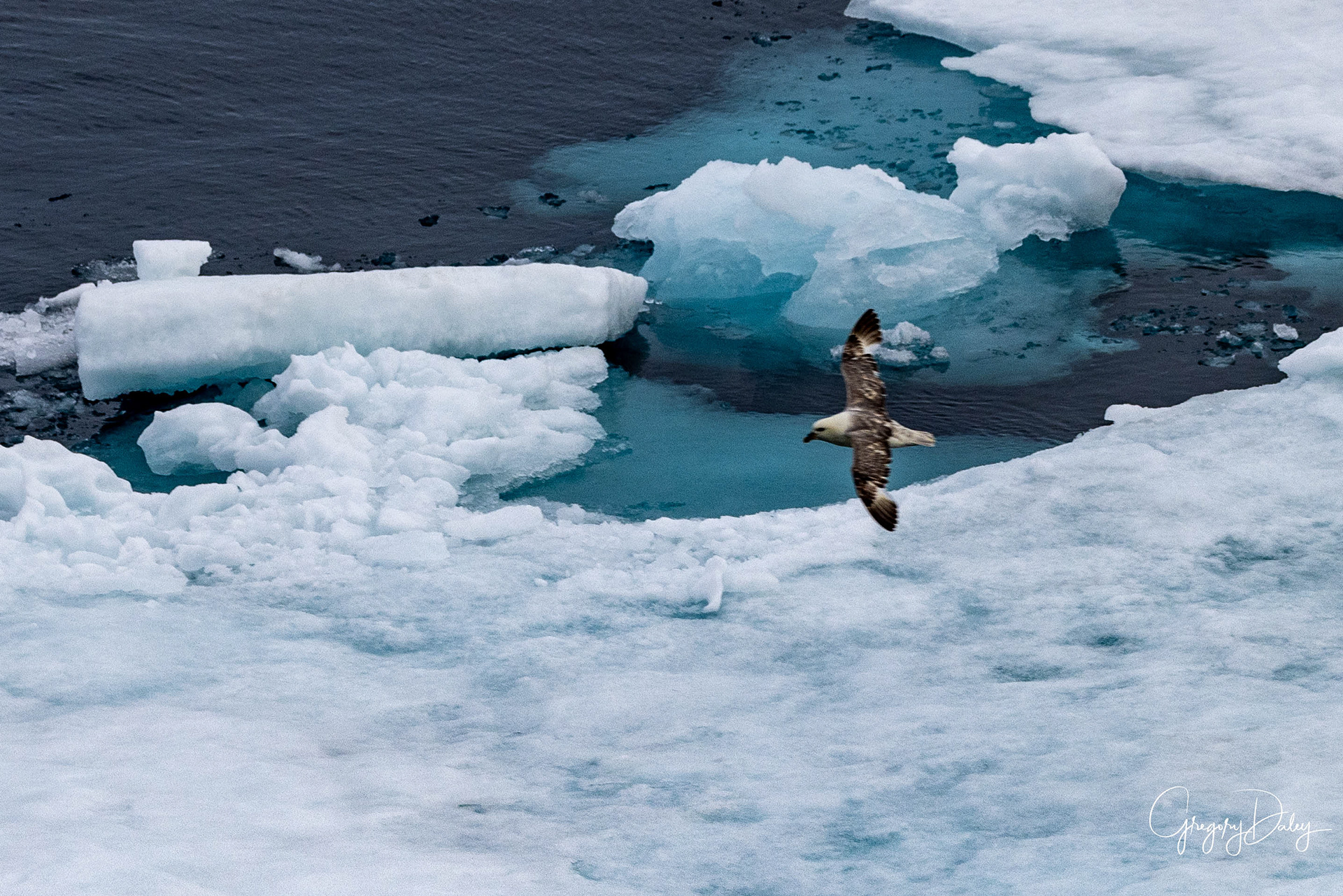

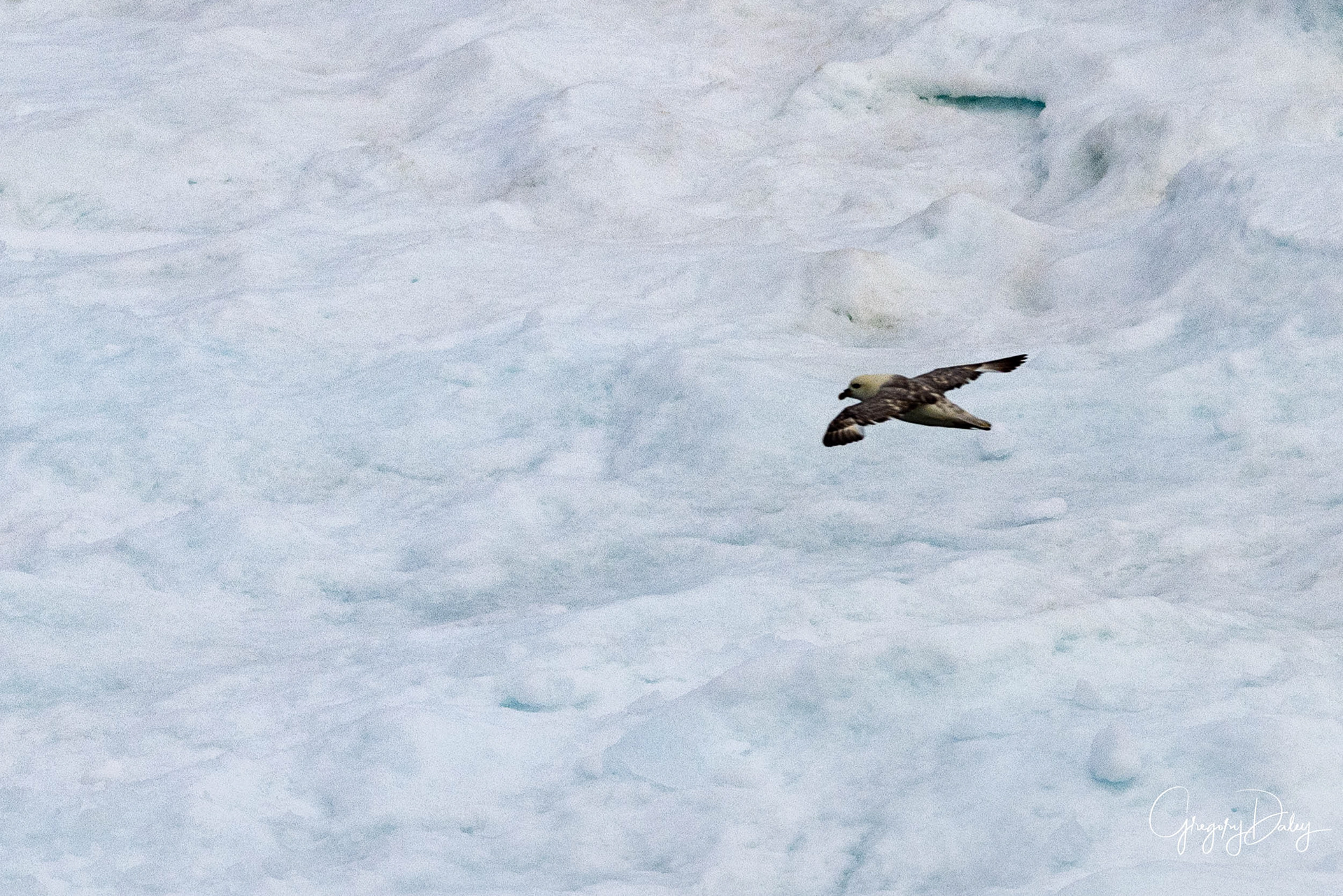
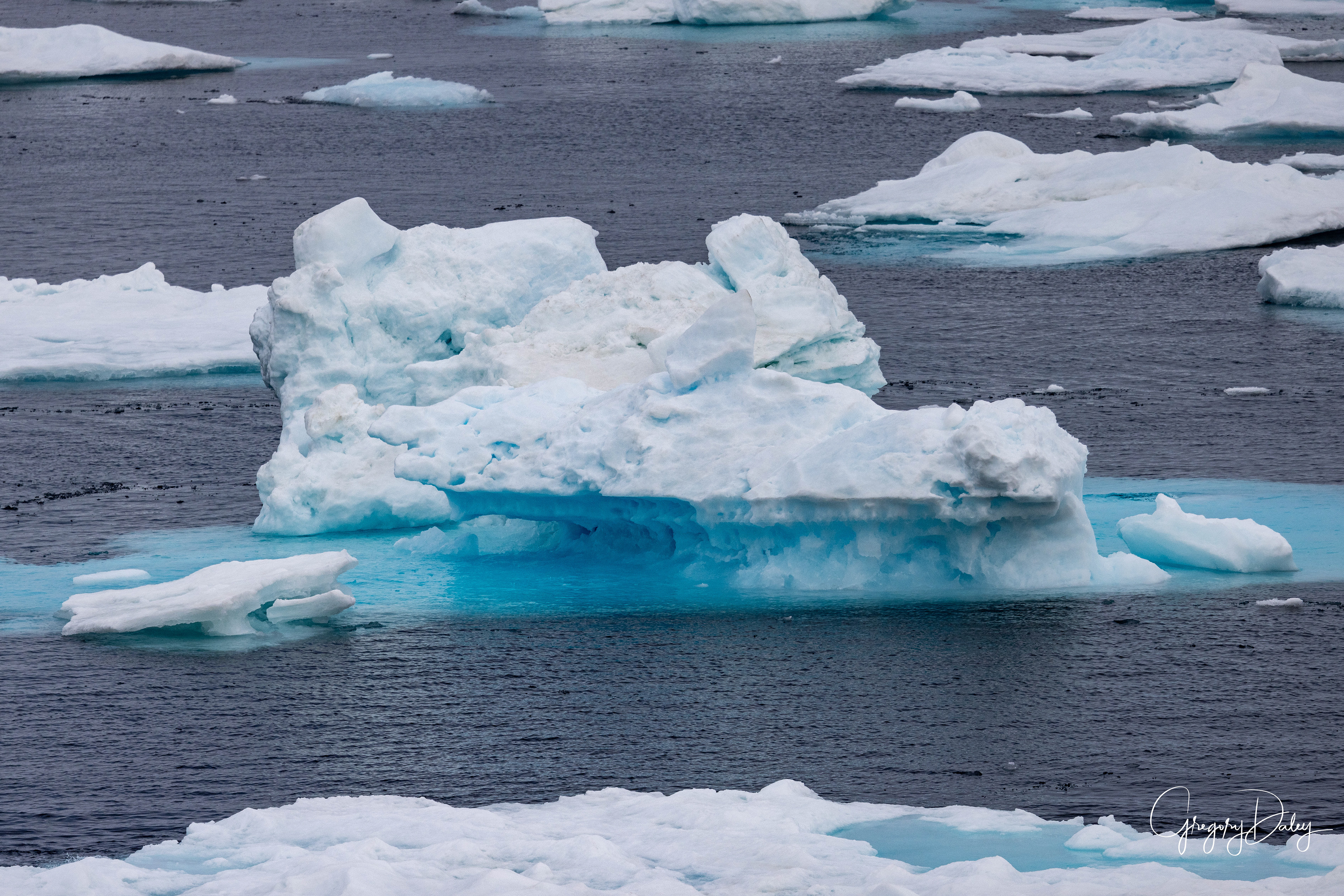
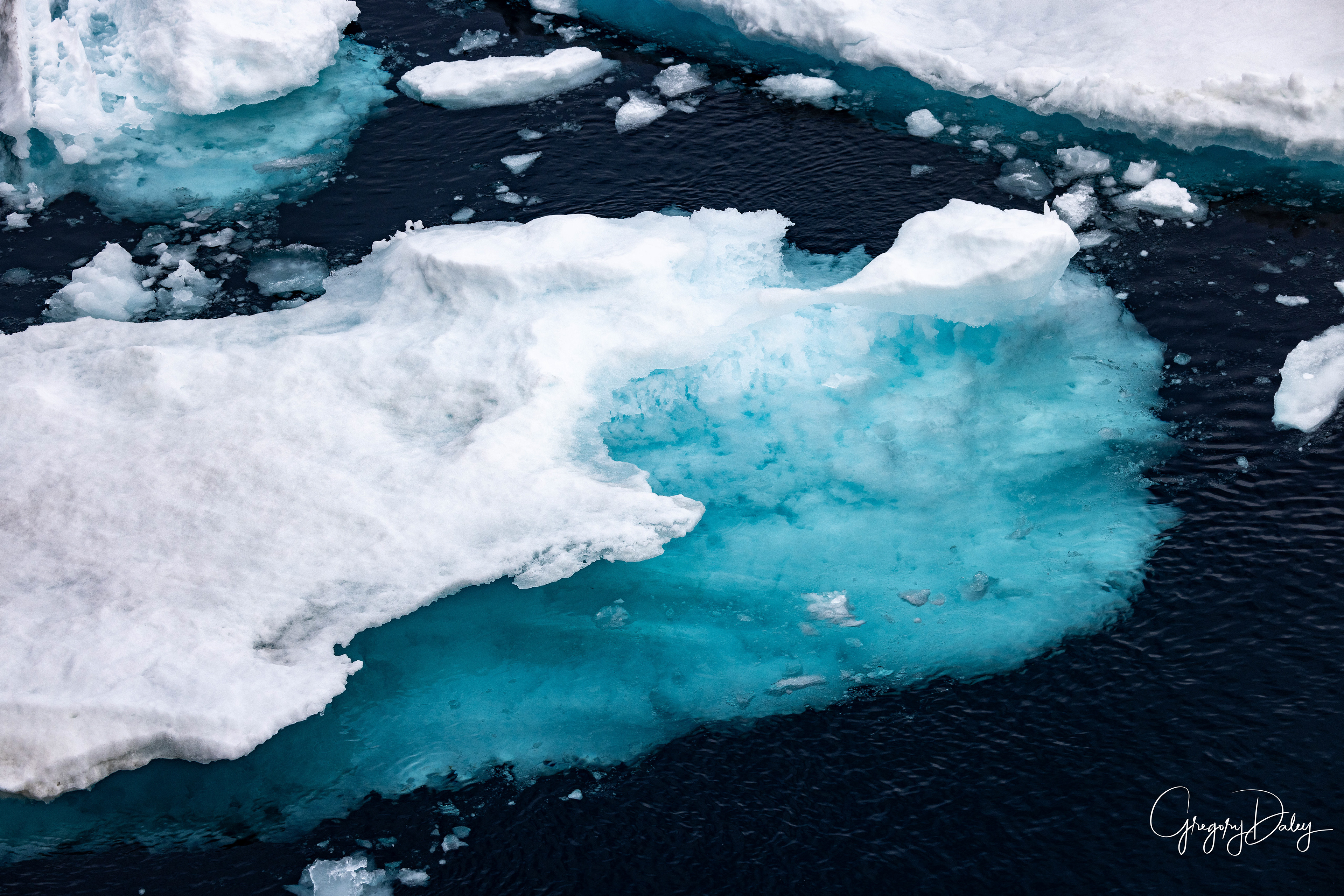
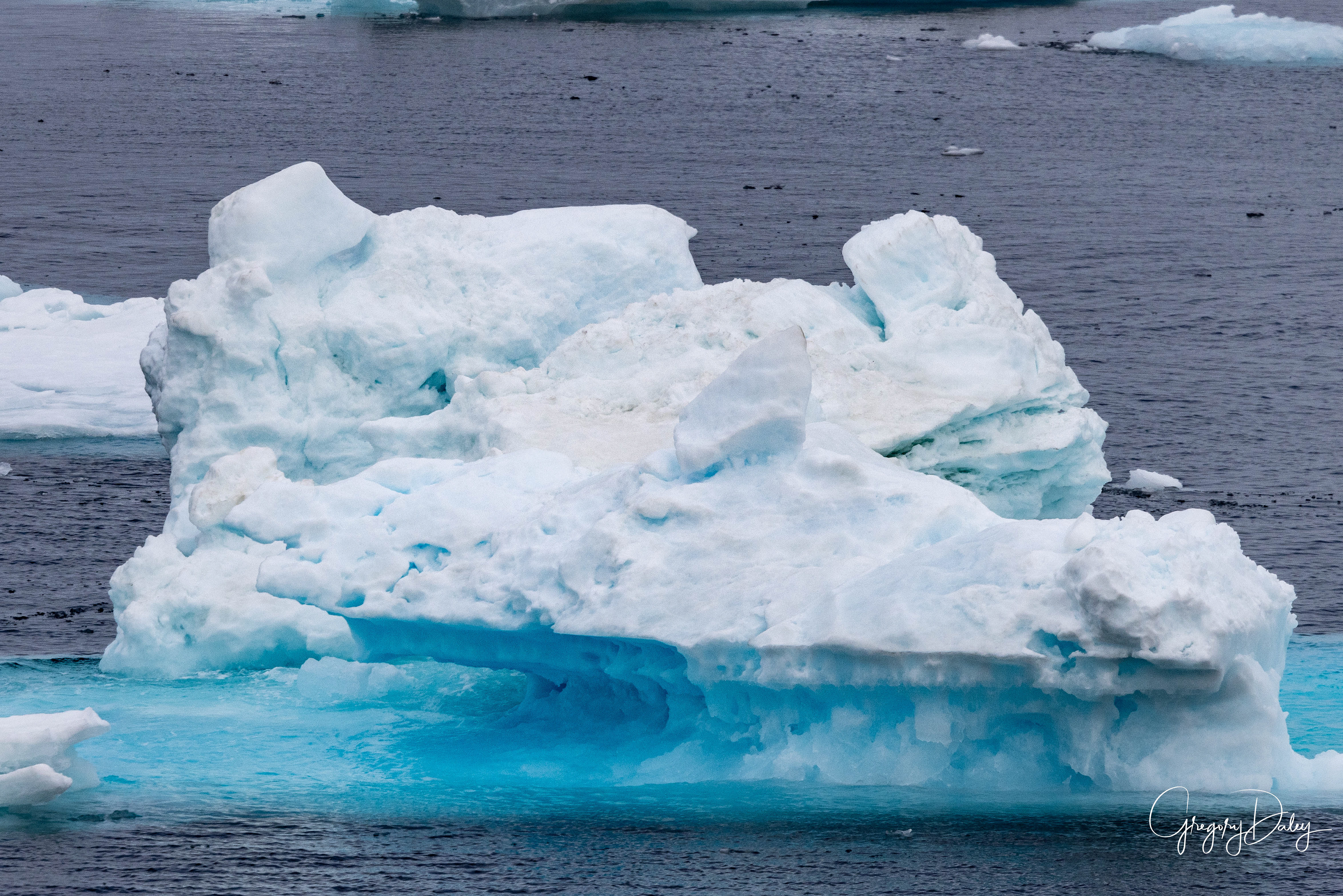
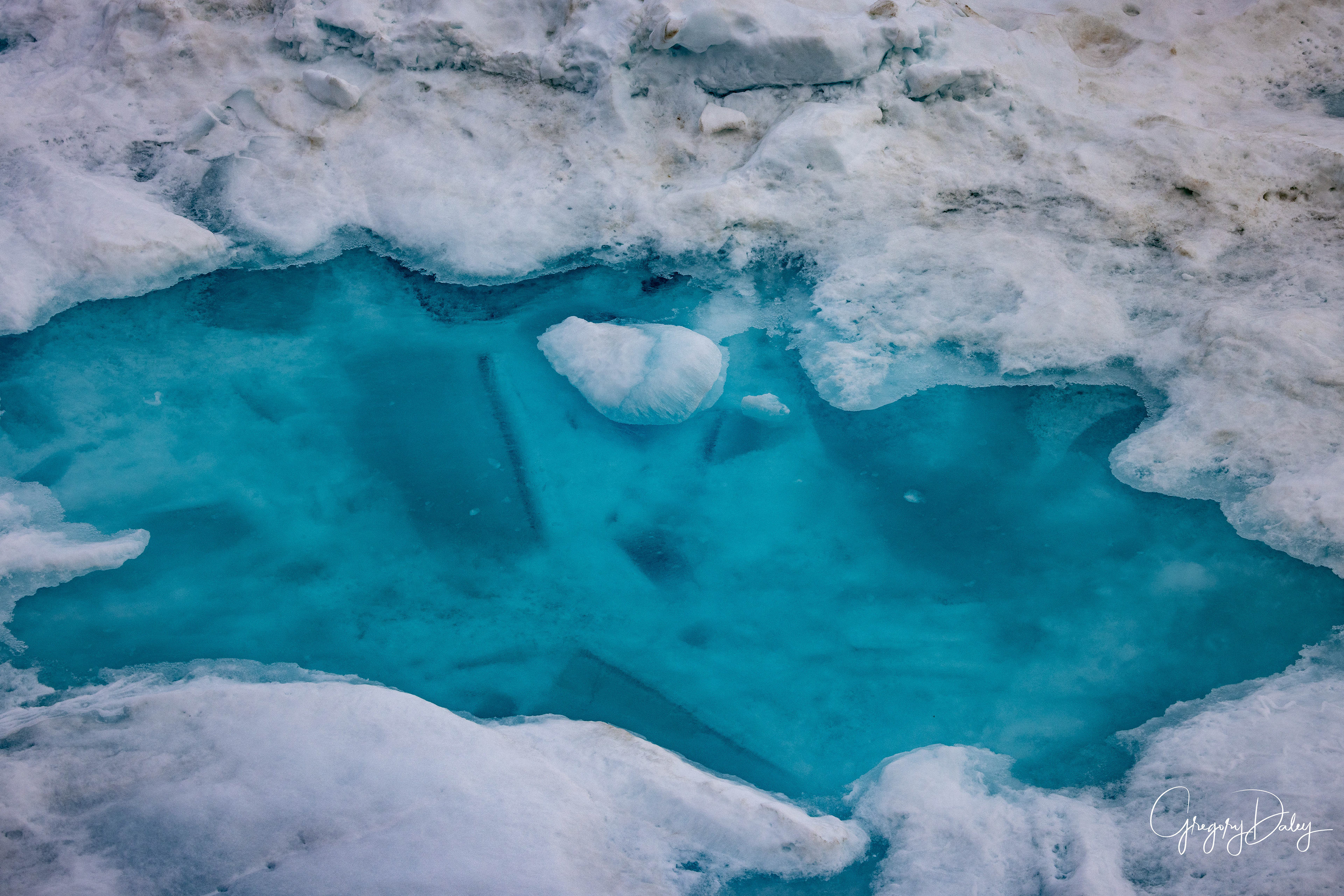
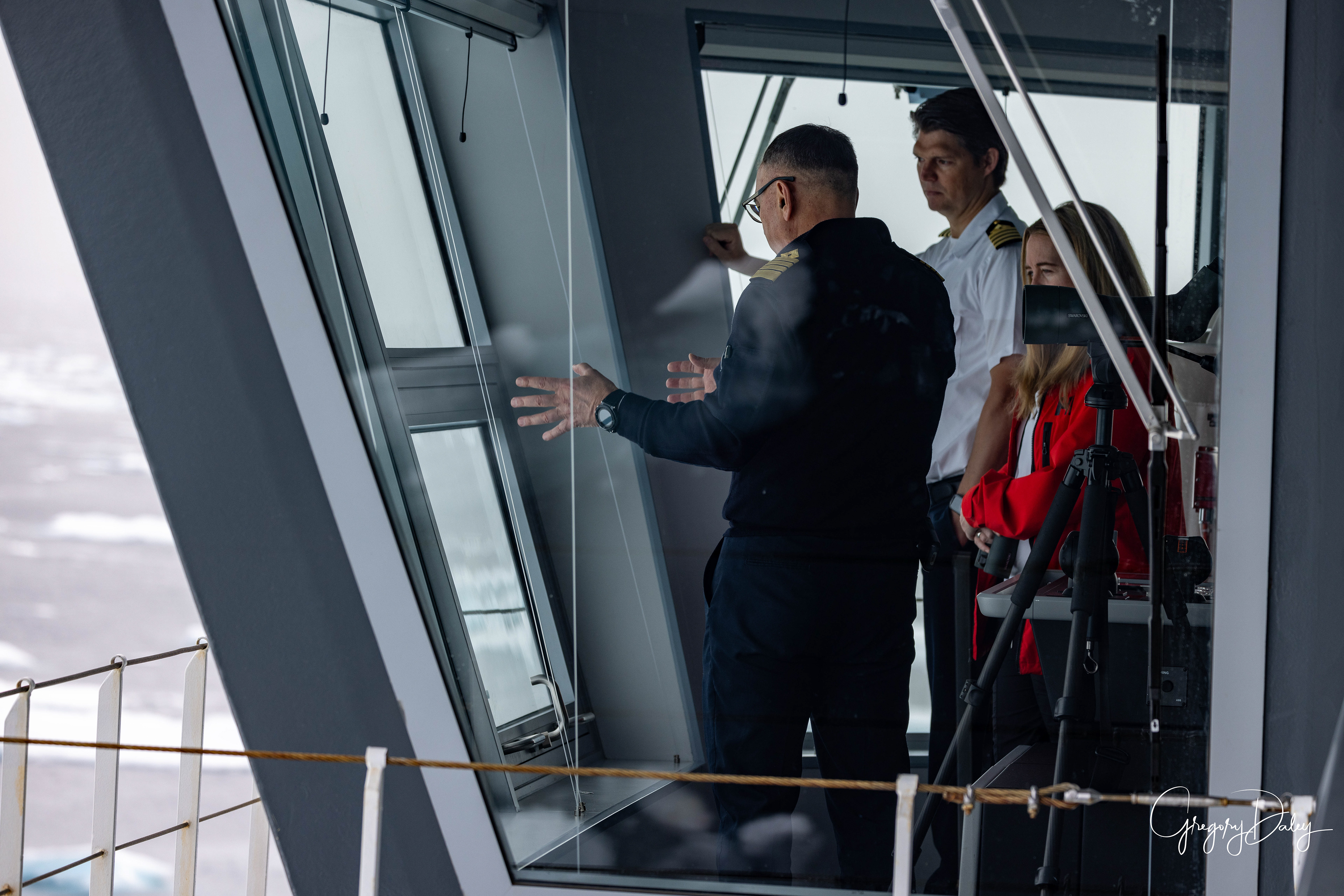

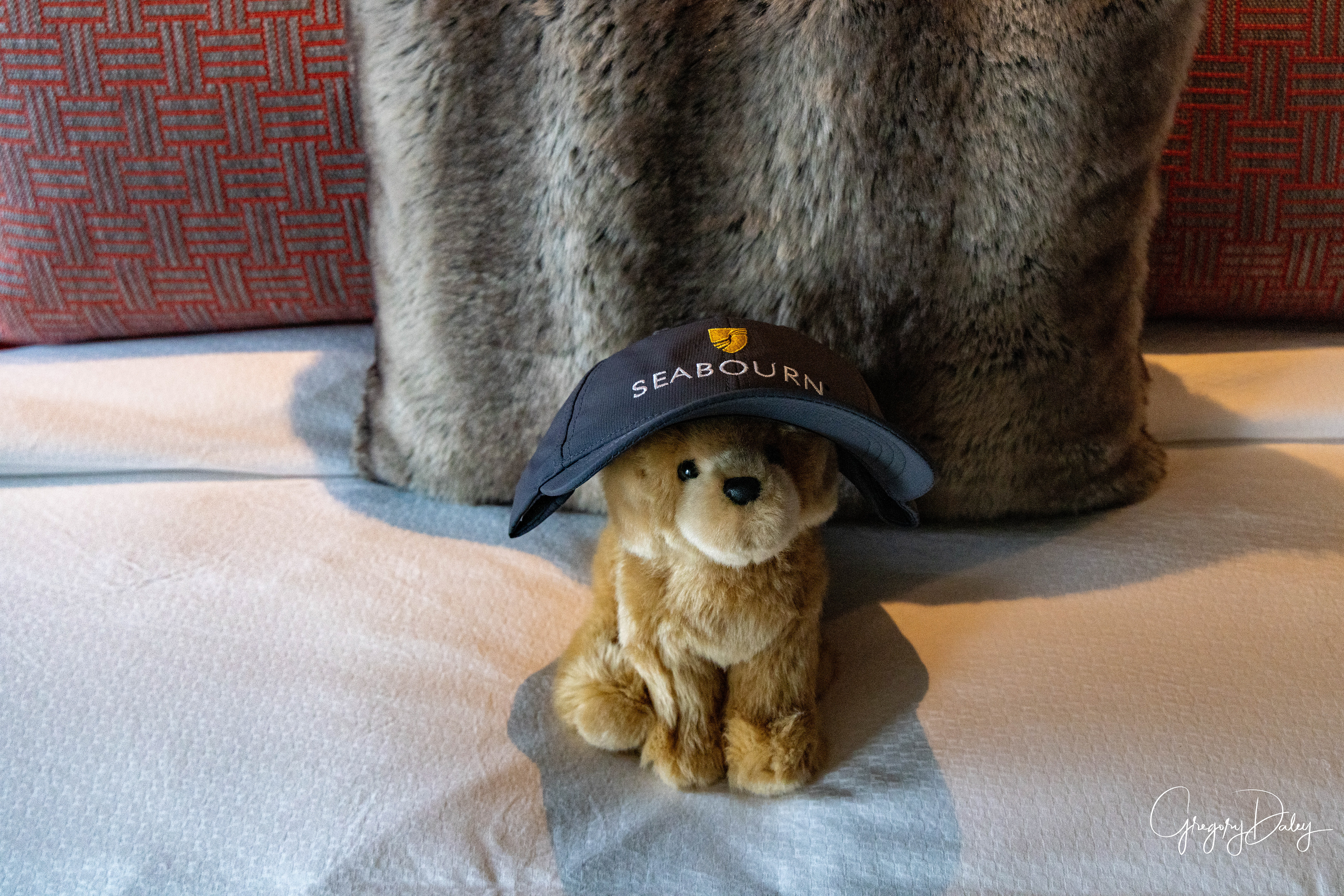
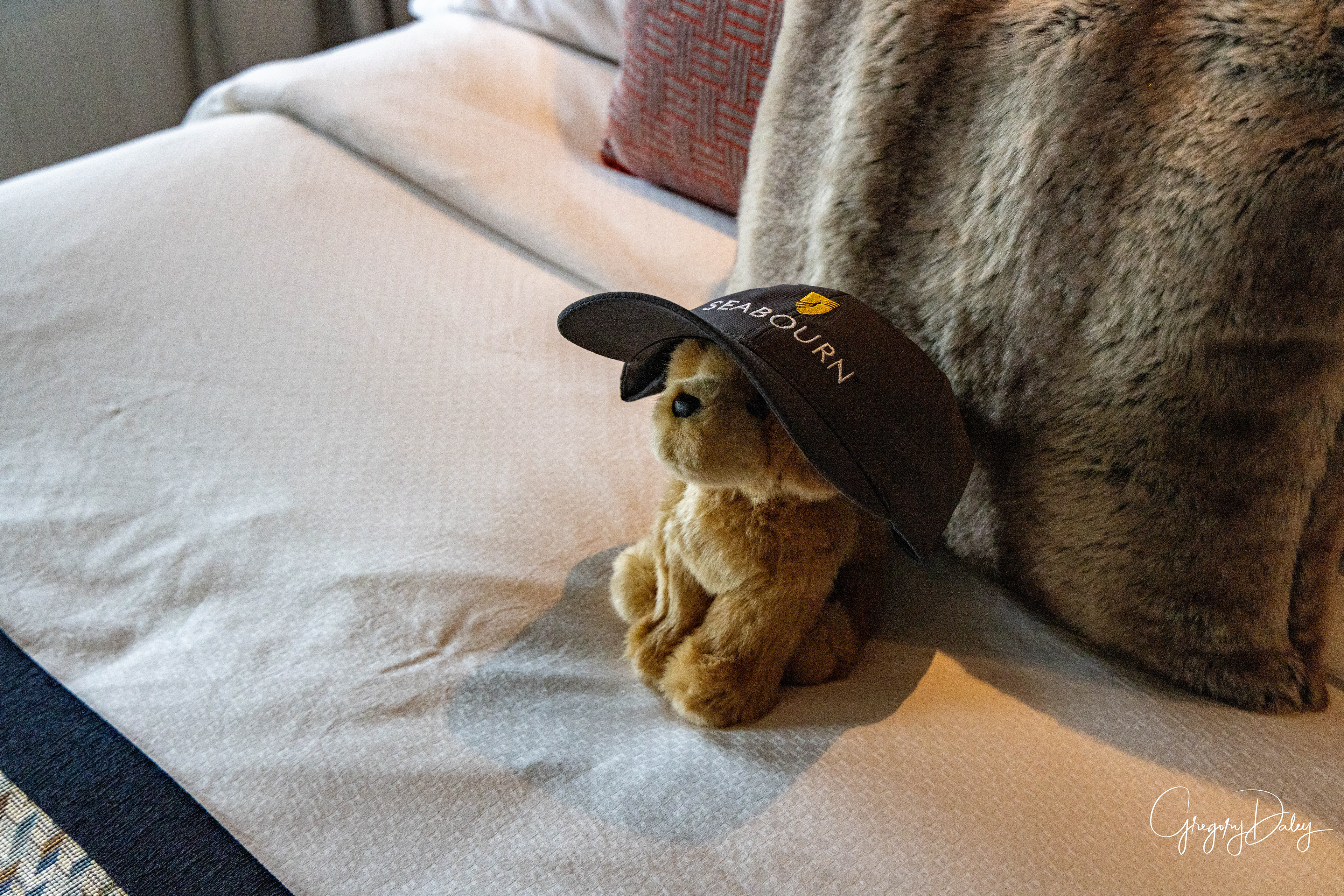
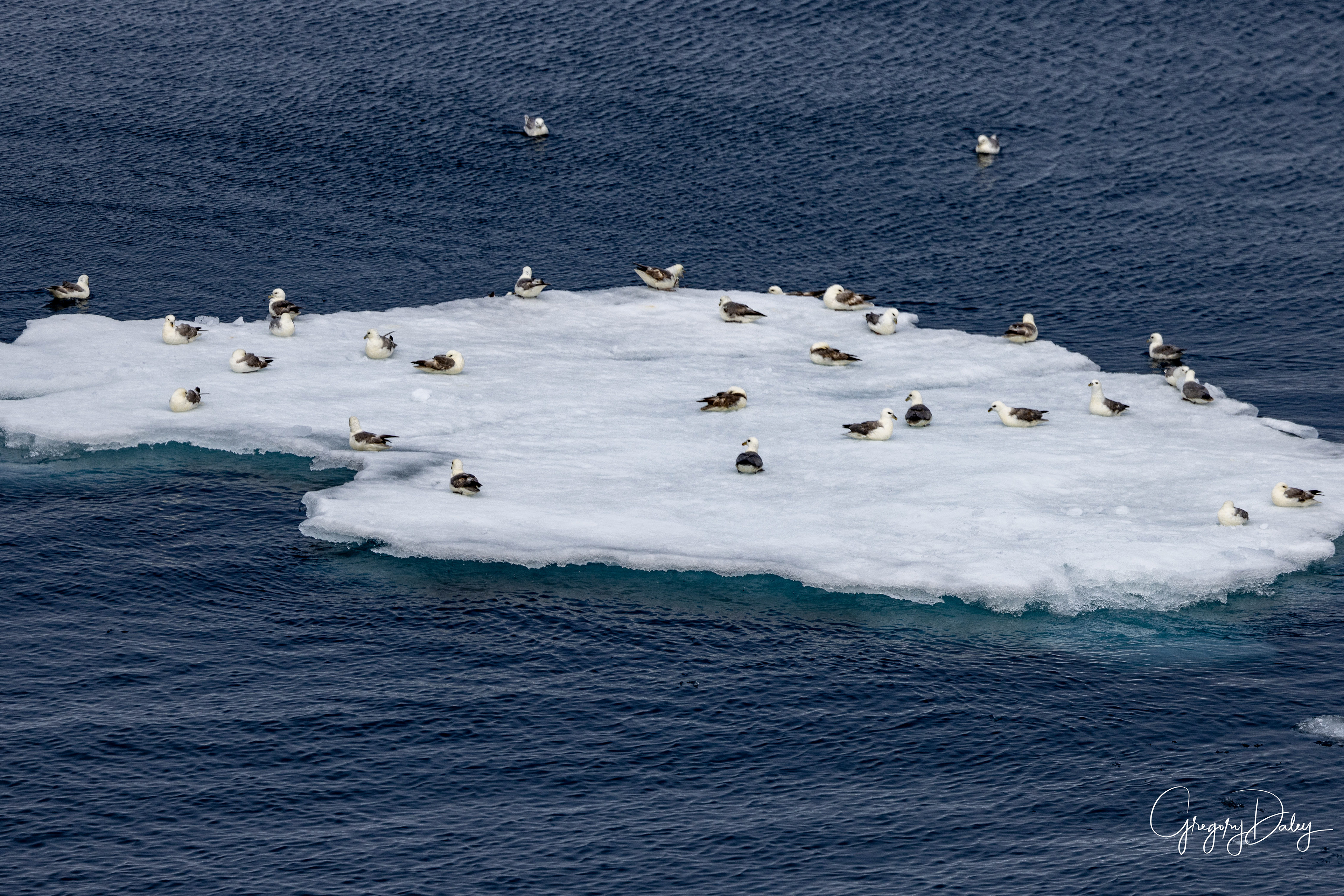

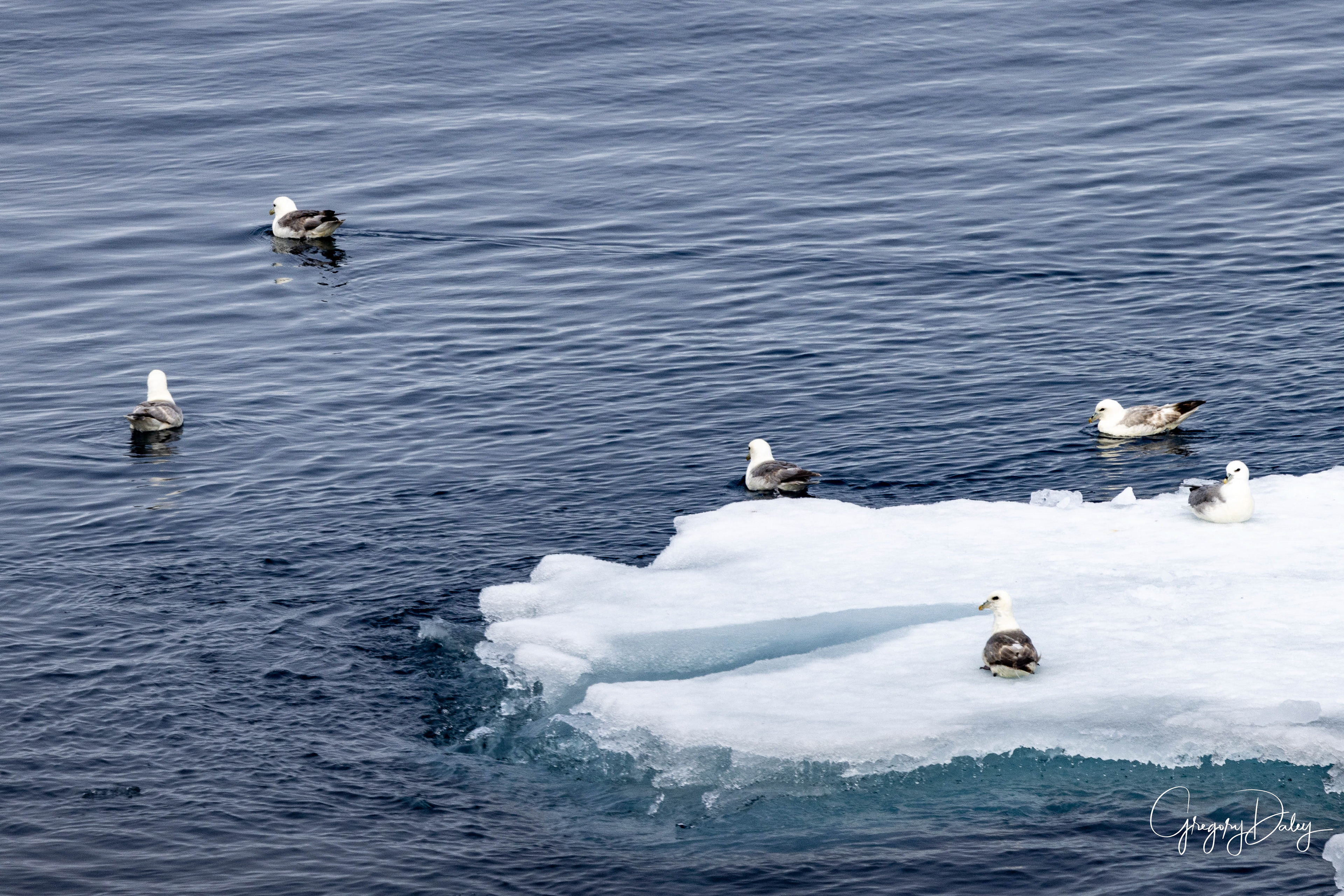

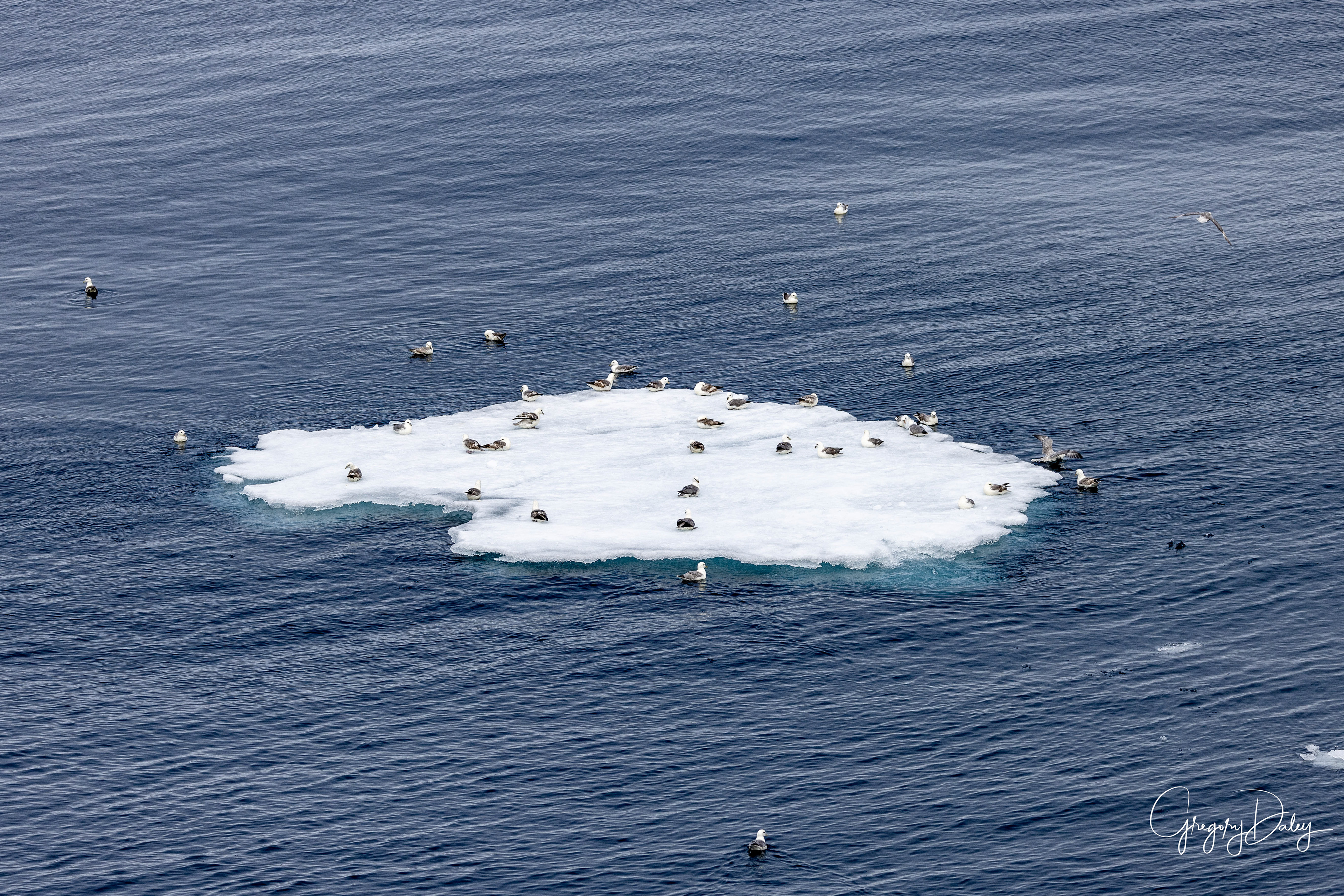
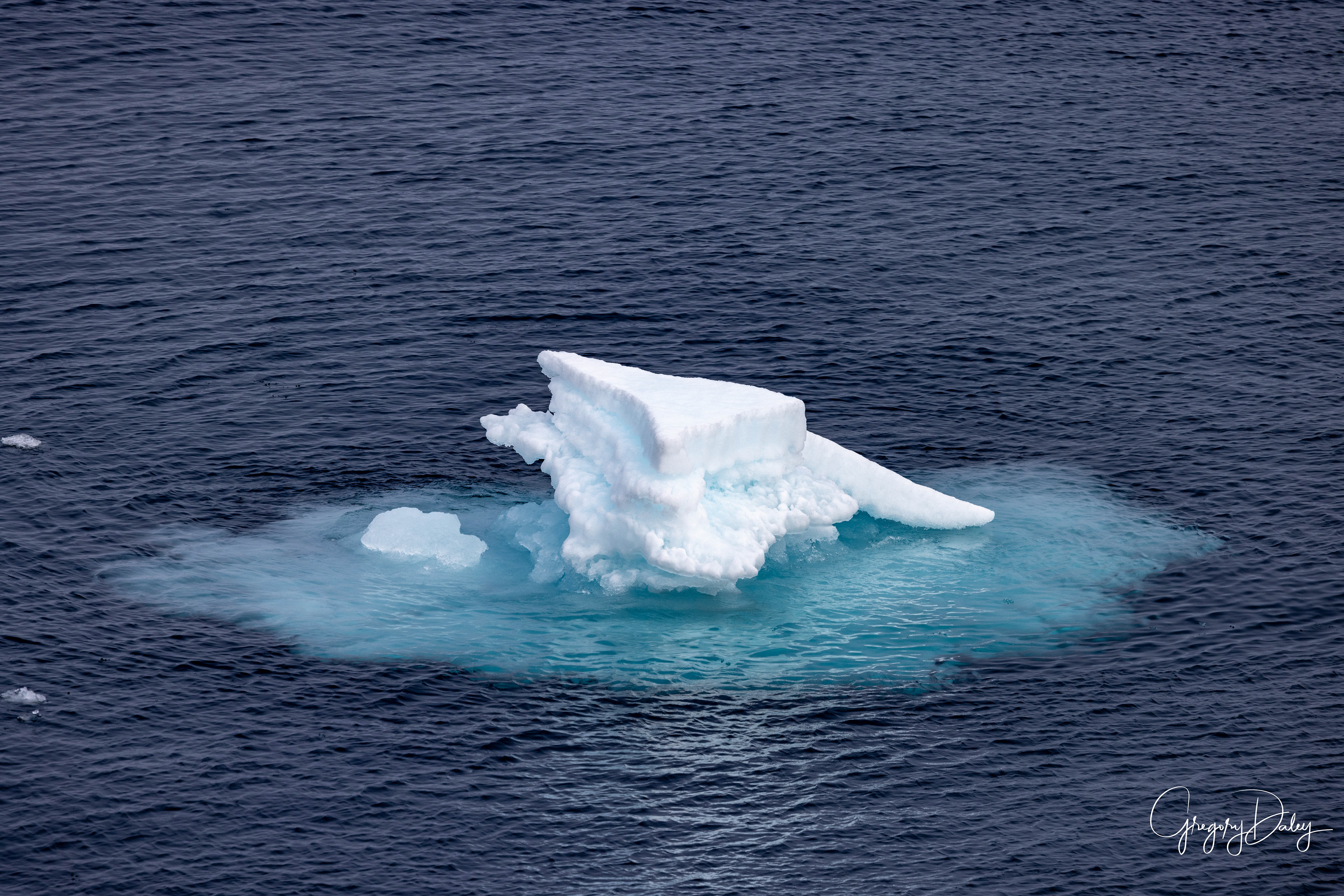


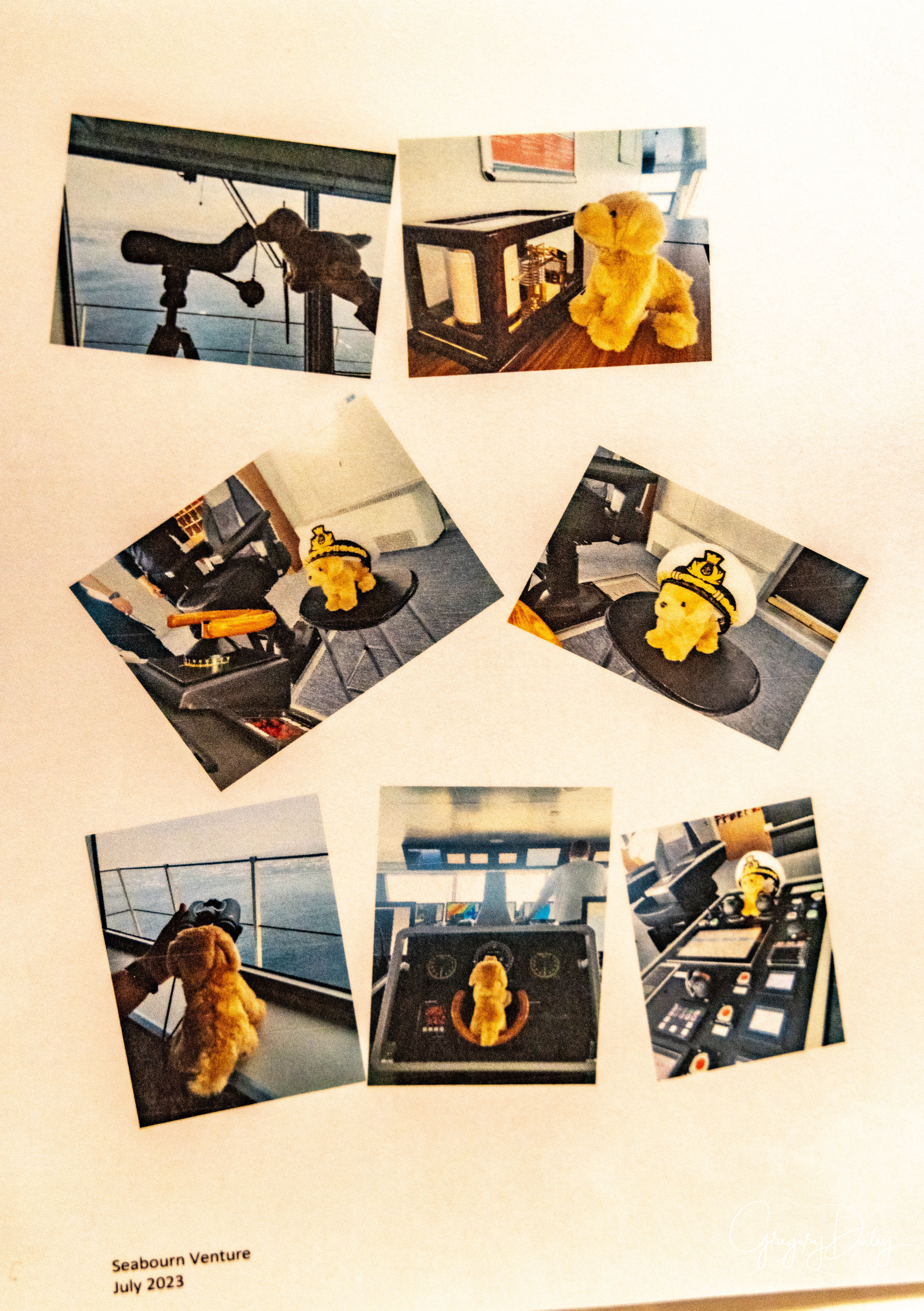

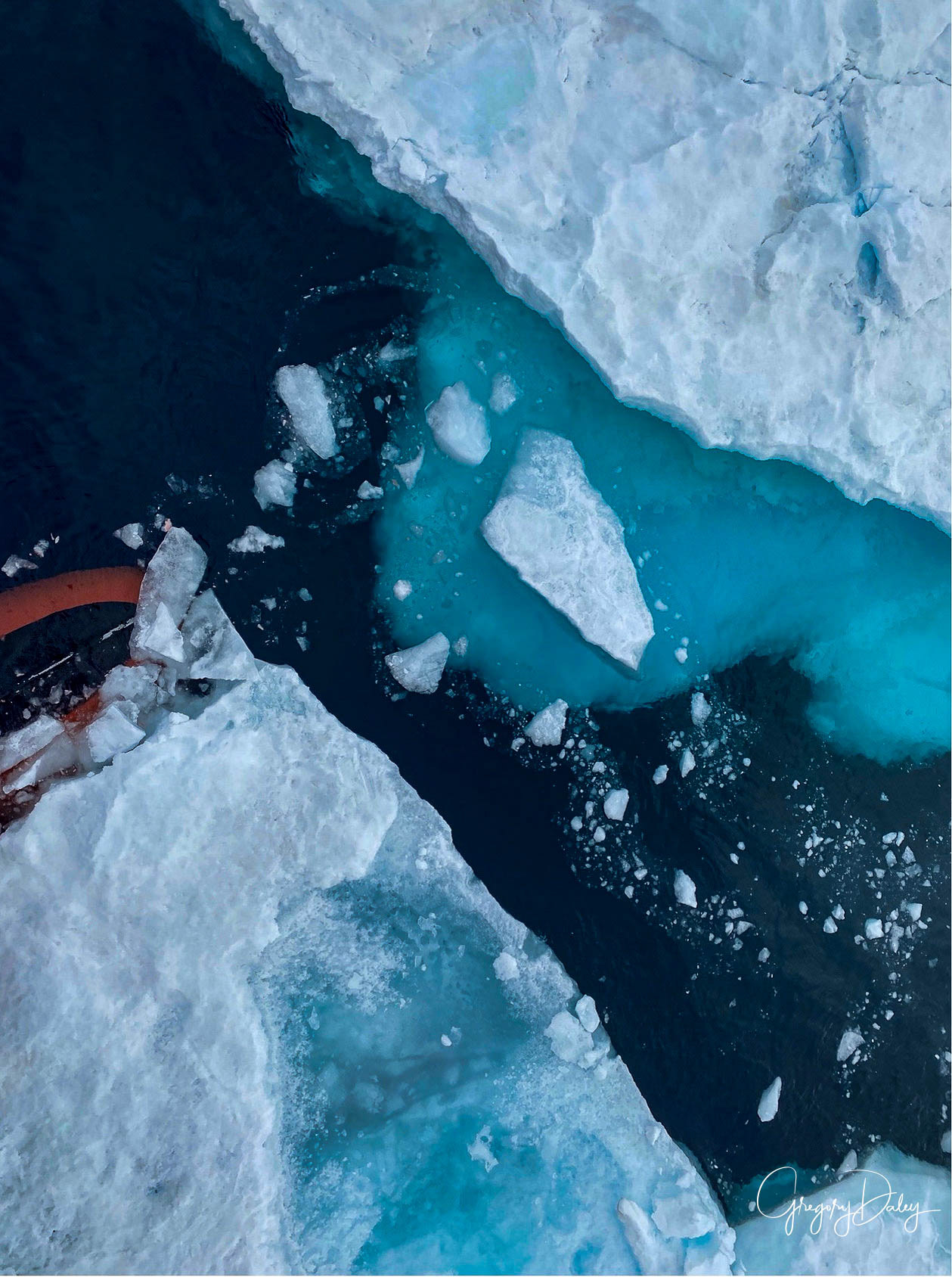
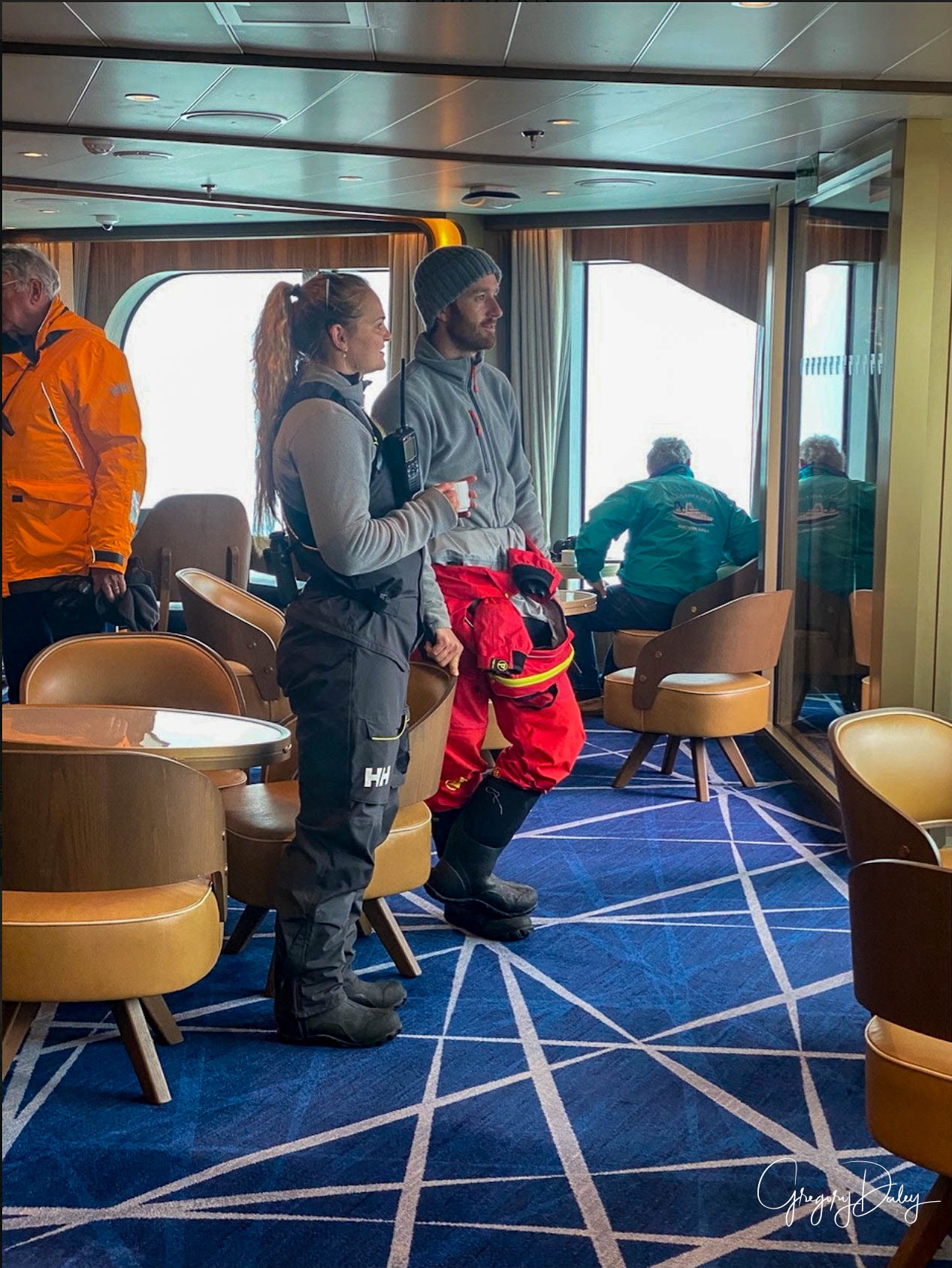


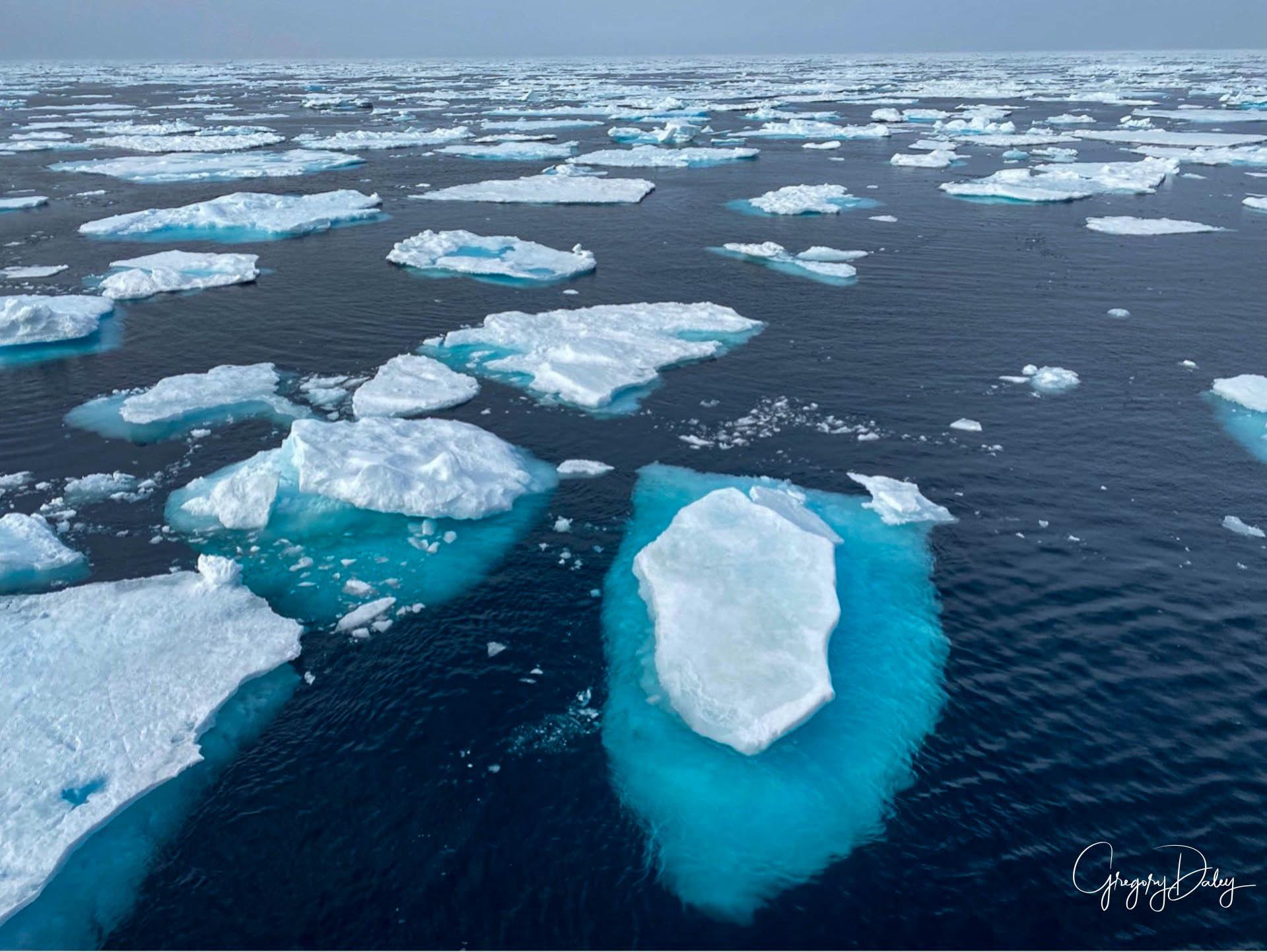
Greenland Sea, Greenland
Friday, 7/14/23
Polar Bear Hunt - Greenland Sea, Greenland
Latitude: 61.98° Longitude: -40.94°
There were polar bears out there, but where were they? There are roughly 26,000 polar bears worldwide, and around 60-80% of these are in Canada, so the chances of seeing one in the area Seabourn Venture has been traveling in would appear to be slight, if not non-existent. However, there are polar bears resident in Southeast Greenland, and last year, an important paper was published in the journal Science documenting this particular subpopulation, which is genetically different from any of the other 19 previously described polar bear populations. Beth Shapiro, professor of genetics at the University of California, Santa Cruz, stated "They are the most genetically isolated polar bears anywhere on the planet and they've been separated from other populations for hundreds of years".
The reason they are so isolated is that their hunting area is surrounded by mountains, the Greenland ice sheet to the west, the open sea of the Denmark Strait to the east, and the fast-flowing, hazardous East Greenland coastal current offshore. These bears prefer to base themselves in a home fjord, and when they are swept away on ice floes, often 120 miles to the south, they calmly swim ashore and walk back to their home fjord on the mainland.
During winter, when the sea freezes, they hunt for seals on the sea ice like all other polar bears. Then for the rest of the year, these polar bears have developed a different strategy to avoid starvation. They hunt seals from freshwater icebergs that have calved from the glaciers at the top of the network of steep-sided fjords that are abundant in this part of Greenland. Kristin Laidre, a polar scientist from Washington's Applied Physics Laboratory, said "... these bears provide a glimpse into how Greenland's bears may survive under future climate scenarios" and "the sea ice conditions in Southeast Greenland today resemble what is predicted for Northeast Greenland later this century".
Perhaps there was a lurking polar bear peeking out at Seabourn Venture as the ship cruised through the pack ice of East Greenland this morning, but it couldn't be found. Maybe there was a black nose poking up above the surface of the sea, a polar bear sneaking up on a sleeping seal as the Zodiacs drifted by during the afternoon excursion. These sea mammals are so well adapted to polar conditions, with four inches of blubber and their thick white fur, they lose so little heat that they don't show up on thermal imaging cameras. They are remarkably intelligent and are supposed to put a paw up over their faces to hide their black noses when they are crawling towards targeted seals on the ice. Silent and still, they remained undetected by those onboard Seabourn Venture today.
The polar bears in East Greenland are physically smaller than other polar bears and there are some concerns that their isolation and the relatively small numbers of this group may lead to genetic disorders due to inbreeding in the future.
The contrast to the protected, privileged lives of everyone onboard the ship is stark, and the polar bears of the Arctic live their lives on the edge. However, all face a big adventure in the future, a journey with an uncertain outcome, on a changing planet. Who knows what the future will bring? Taking everything into account, the polar bear seems to have a more uncertain future than that of humans. Sylvia Earle, the eminent marine biologist, summed this up as follows:
"For humans, the Arctic is a harshly inhospitable place, but the conditions there are precisely what polar bears require to survive - and thrive. 'Harsh' to us is 'home' for them. Take away the ice and snow, increase the temperature a little, and the realm that makes their lives possible literally melts away."